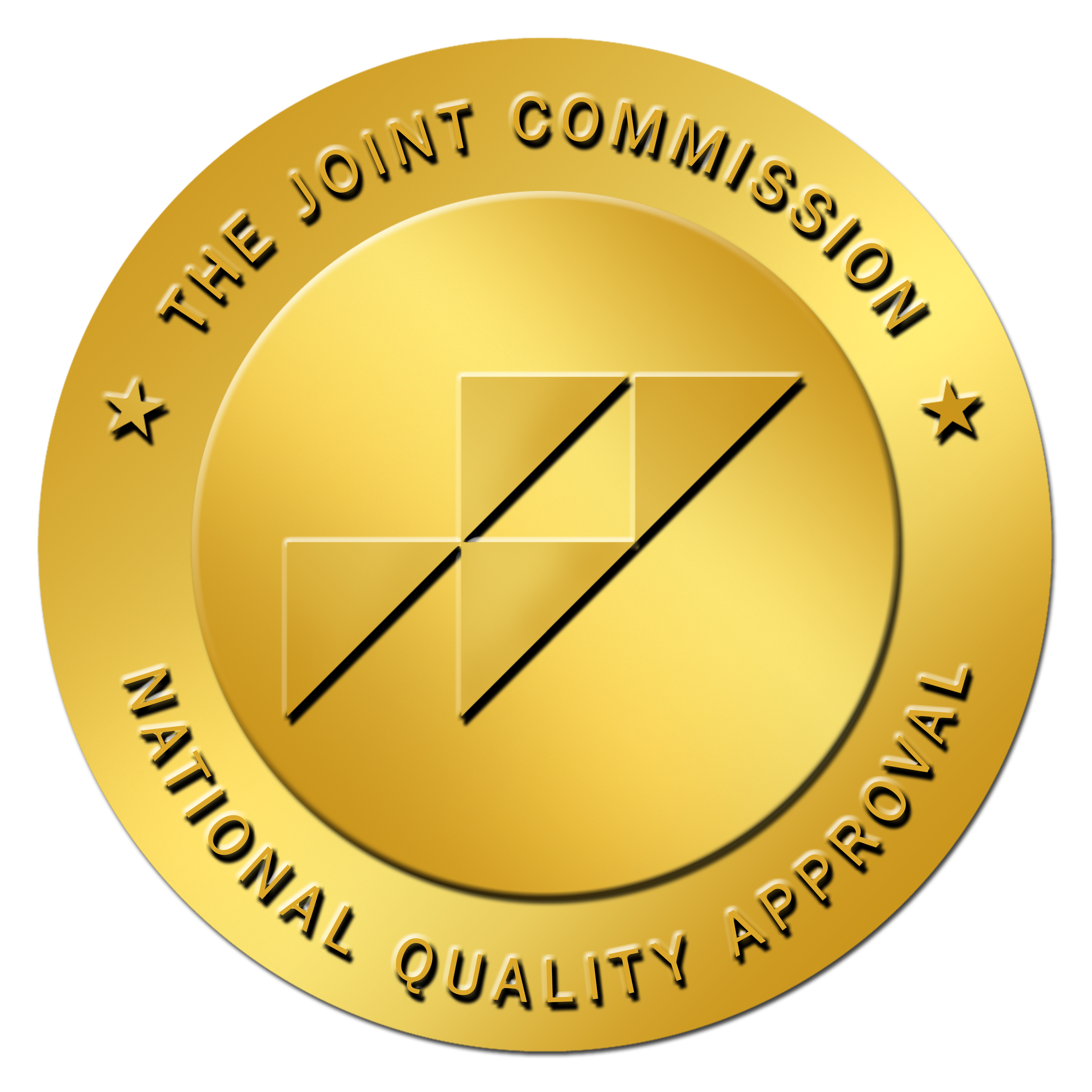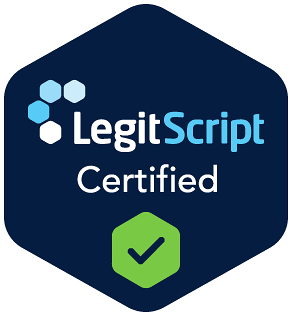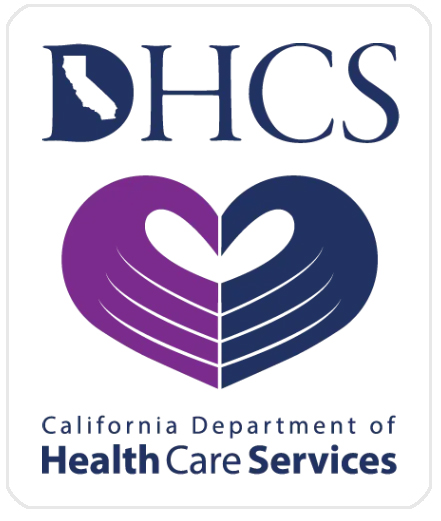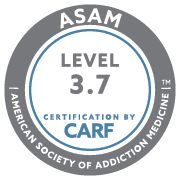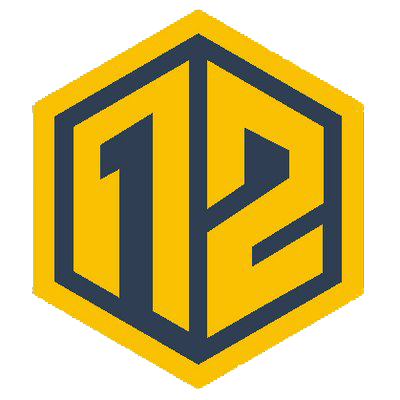The official manual on all mental health topics and issues is called the DSM (Diagnostic and Statistical Manual of Mental Disorders). And the newest edition of the DSM, the fifth one, has stopped using terms such as “substance abuse” and “substance dependence.” It now refers to issues in the addiction category as “disorders.” For example, a person with an opioid addiction has an opioid use disorder (OUD).
This language is important in the understanding of addiction as a disease. Even though it’s a little clunky for everyday conversation, the point remains—people who have addictions to drugs or alcohol have a mental disorder that needs treatment from professionals.
Opioid Use Disorder
Amongst the list of disorders in the addiction realm, a list that includes alcohol, tobacco, cannabis, and more, opiate use disorder is by far the biggest contributor to overdoses in America today.
When we are talking about opioid use disorder, there are a few things going on that tend to muddy the waters and create confusion.
What is the difference between opioids and opiates?
When medical people talk about opioids, they like to differentiate them into two categories: synthetic or natural.
Natural drugs in the opioid category are more accurately called “opiates.” They are always derivatives of the opium poppy seed plant. The most common of these are Codeine, Morphine, Oripavine, and Thebaine.
Synthetic drugs in the opioid category are accurately termed “opioids.” These drugs have been created in a lab; however, their chemistry mimics the natural chemistry of opiates derived naturally. So, for all intents and purposes, they are the same. Some of the common synthetic opioids are Demerol, Atarax, Dilaudid, and Fentanyl.
Semisynthetic opioids contain both manmade elements and natural opium alkaloids. These include Oxycodone, Oxymorphone, Hydromorphone, and … Heroin.
Term Rundown
- Natural: Opiate
- Synthetic: Opioid
- Semisynthetic: Opioid
These days, all three are referred to as Opioids
This is why the crisis is called the opioid crisis. It refers to all three versions of drugs in the category.
Painkillers and Heroin
Beyond the terms, the opioid crisis is more than one single drug. In fact, the crisis in America has two main players: all painkillers and heroin—all of which are in the opioid family.
Opioid painkillers are typically prescribed to help a person with acute pain in their life. In and of themselves, when used as directed, offer great help to many people suffering from pain. However, opioids can provide intense feelings of joy and comfort. Desirable feelings for sure. This is often where the overuse begins, and because of the addictive nature of opioids, a prescription can quickly turn into dependence (or a disorder).
Heroin is an opioid (a semisynthetic one). Of course, it is illegal, but it is cheaper and easier to get ahold of than painkillers. So once a person has become addicted to prescription drugs, and the prescription runs out, heroin is often the next step.
What Is the Opioid Crisis in America?
According to the CDC, “Since 1999, the number of overdose deaths involving opioids (including prescription opioids and heroin) quadrupled. … 91 Americans die every day from an opioid overdose.”
Hitting Home
As alarming as those statistics sound, they likely won’t matter much to anyone until they are watching a family member go through it. The downward spiral of opioid addiction is so complete and so devastating. A person with an opiate use disorder will do anything to get their fix. The financial ruin that comes with it, the physical descent, everything that feels like the loss of the soul of a loved one. As well, the constant fear for the life of a son or daughter—or husband or wife—makes life a hopeless cycle of dread and sadness.
Recovery Is Possible
There is no question: America is in an opioid crisis. However, if opioid addiction has entered your family, then you are experiencing a personal crisis. And the stakes are too high. The first thing to understand is that recovery is possible. But you need help. You cannot carry the full burden of your loved one’s recovery. But you can take the first step: call us.
At SoCal Detox we have years of experience helping people break their addiction to opioids. It is one of our specialties. We help people safely and comfortably detox then give them guidance to find lasting recovery treatment.
We are here to help. Please call us today. We will answer all your questions and help you understand what your options are, 888-590-0777.
